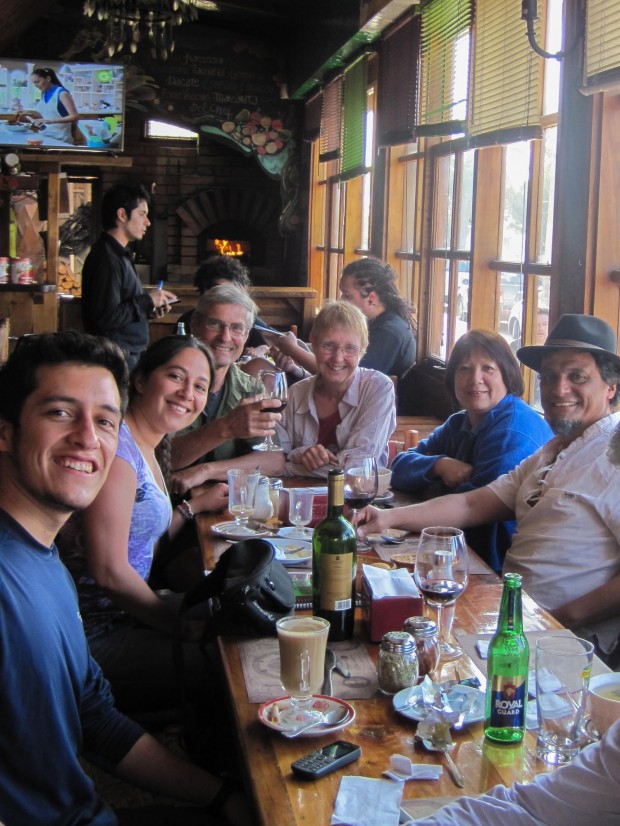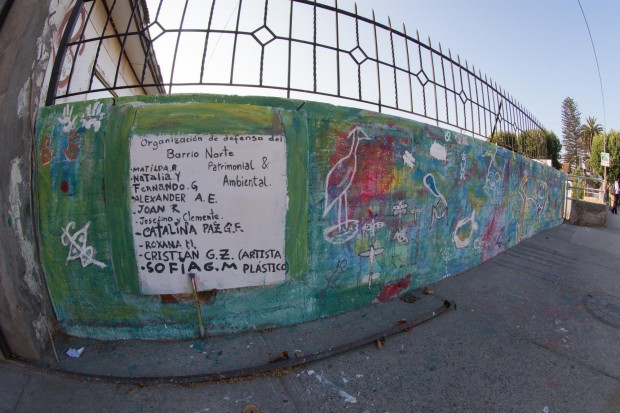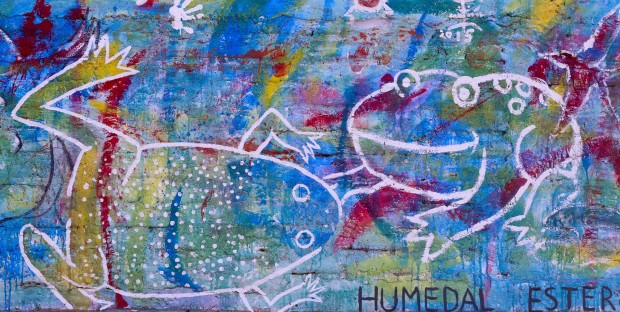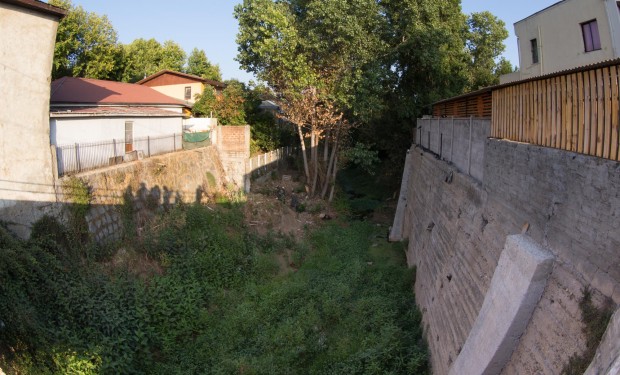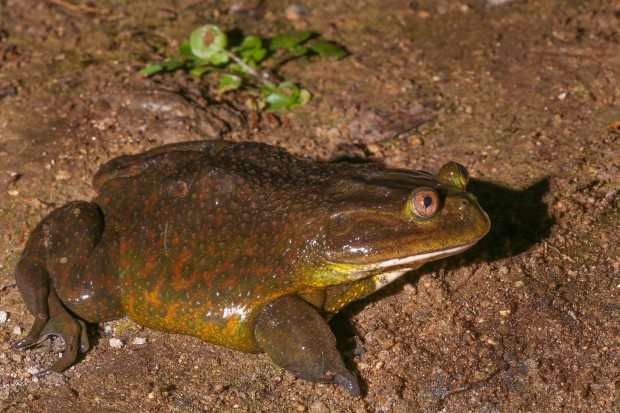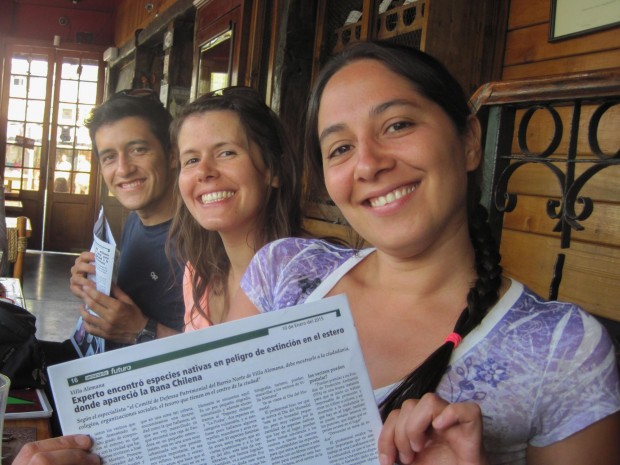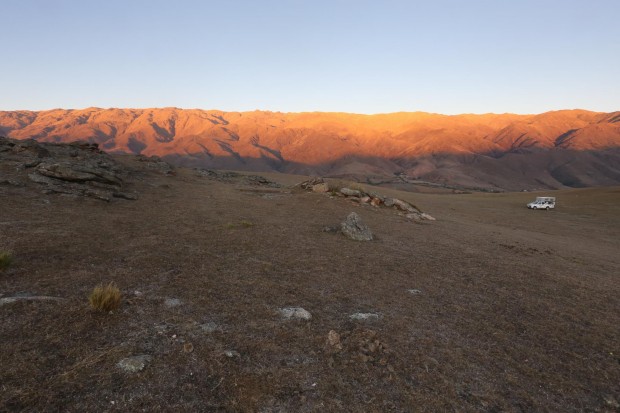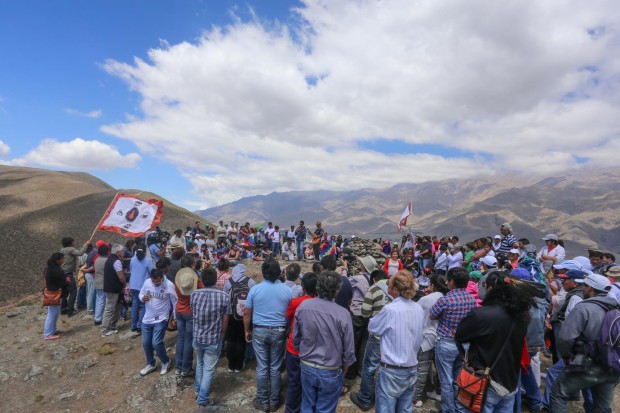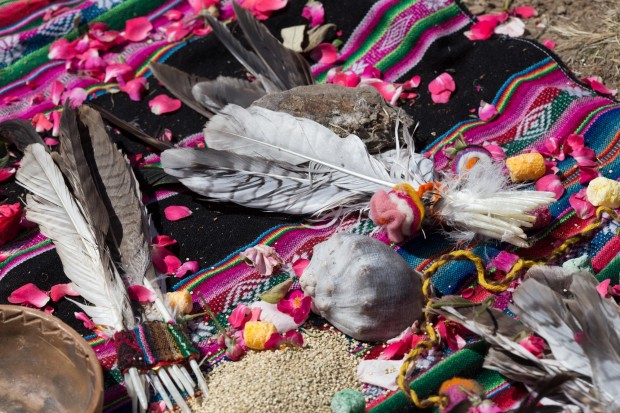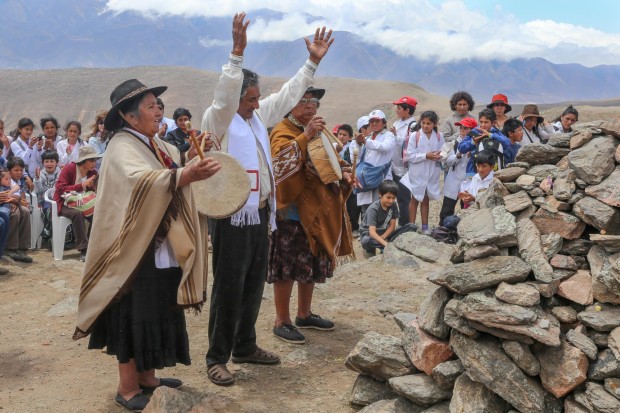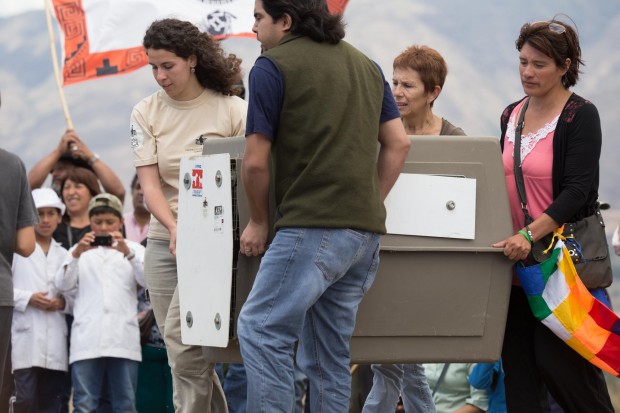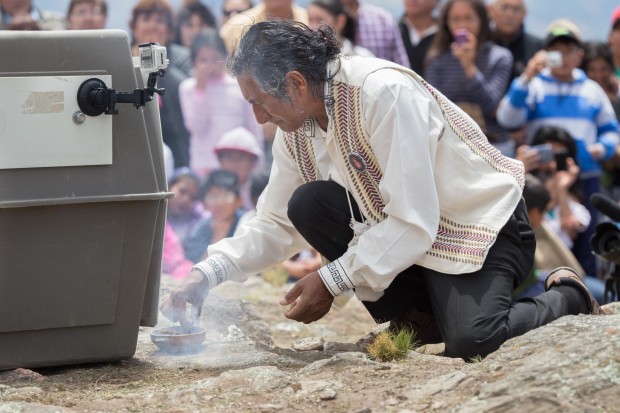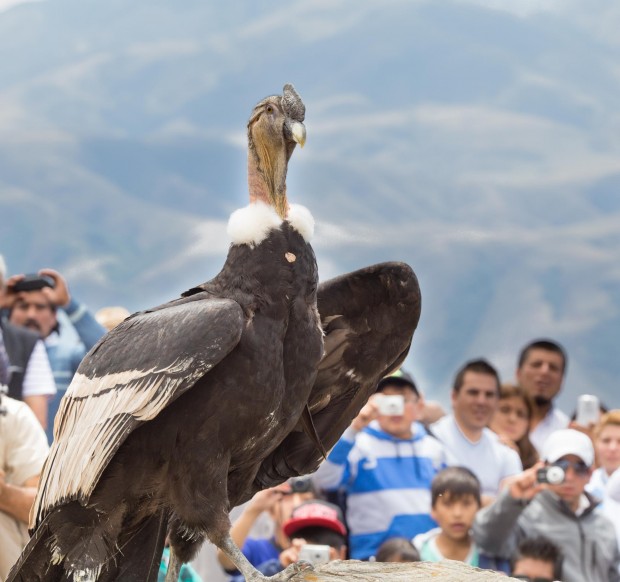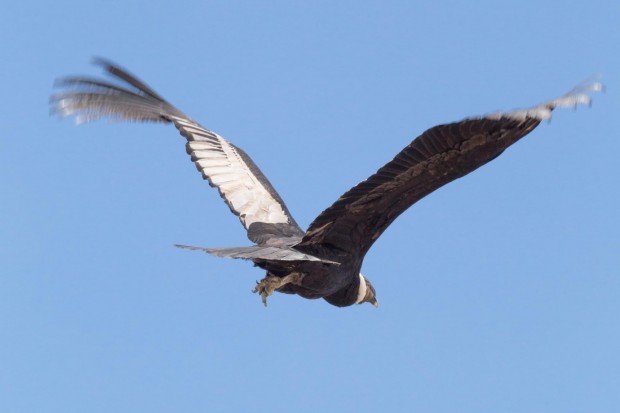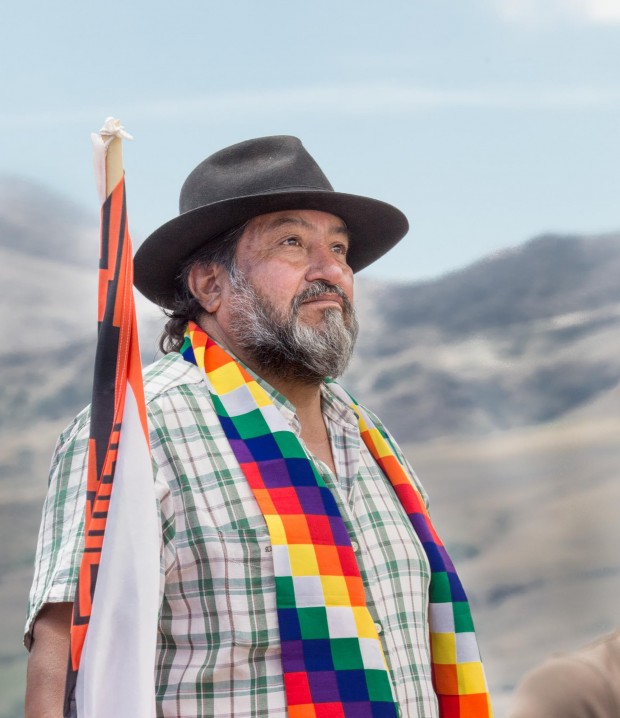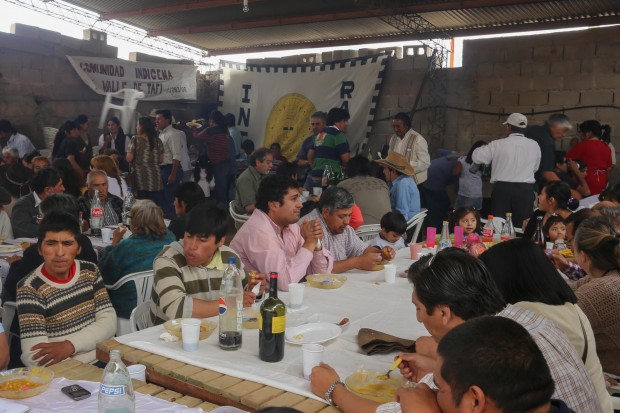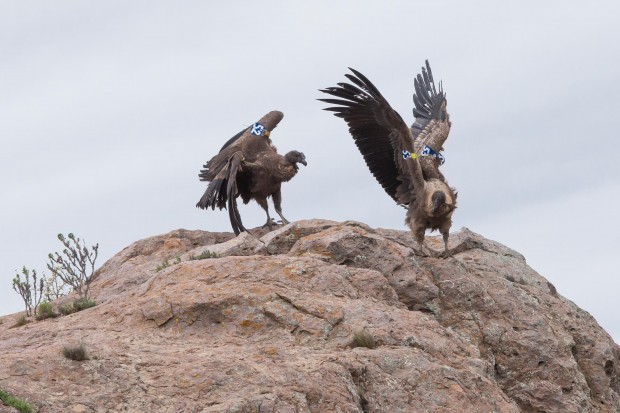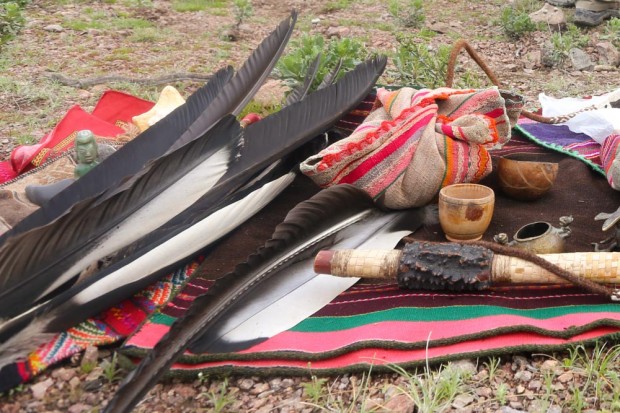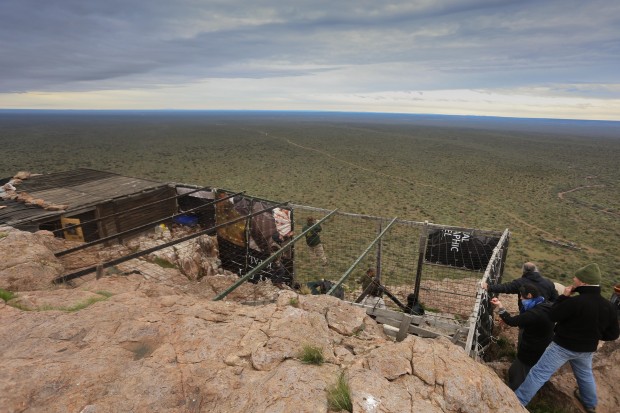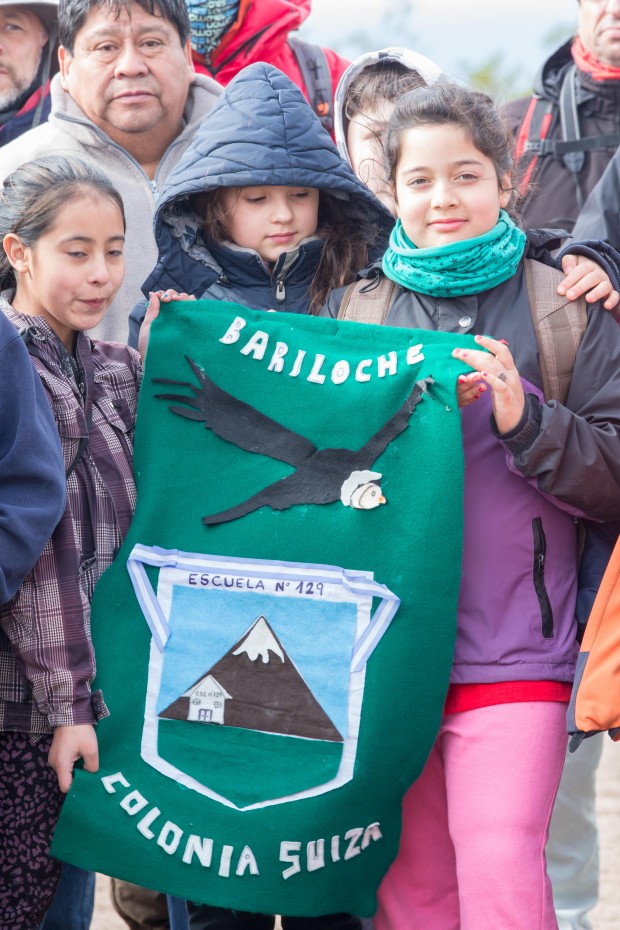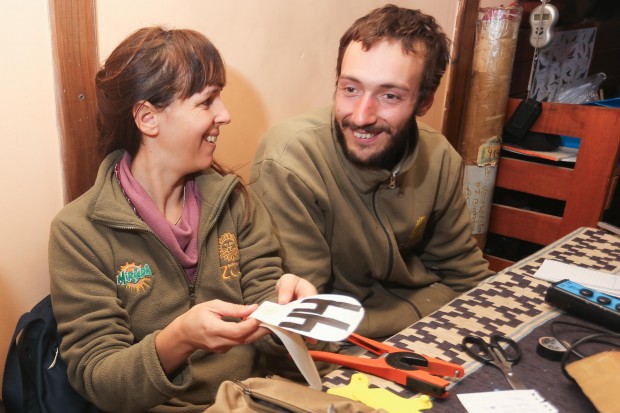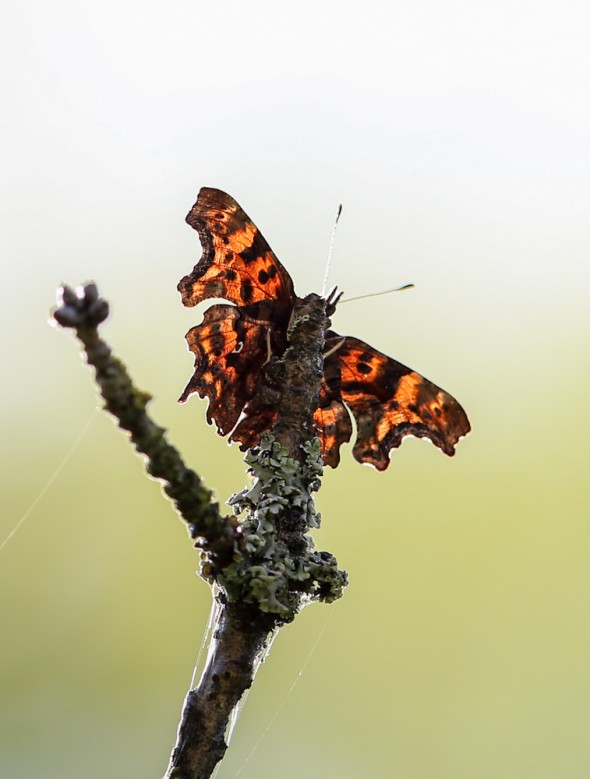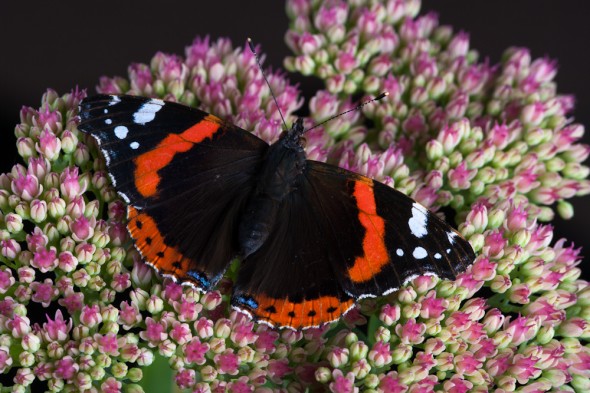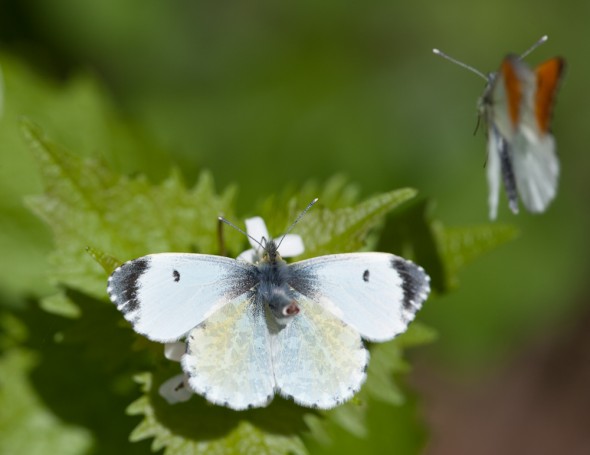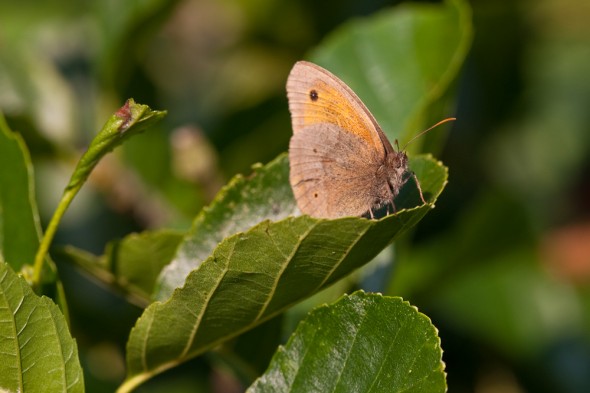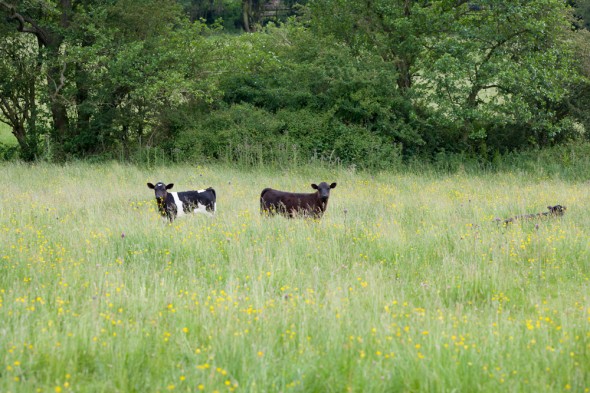Cork Oak Forest from Paula Webster on Vimeo.
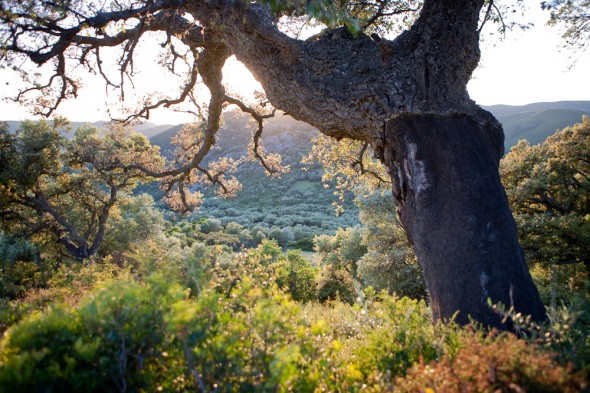
Cork forest landscape
The regions of Southern Spain and Portugal where Cork Oak forests dominate the landscape are rich in both culture and wildlife and the Websters Wildshots team of are making a film about it.
Growing and harvesting cork is an ancient agricultural system and the surviving forest habitat contains an unsurpassed wildlife, much of which has since disappeared . Recent decades have seen world prices for cork plummet as plastics and metal screw tops are now the material of choice for many brands of wine. Not that they are better materials, a quality cork stopper reigns supreme for the task of stopping bottles and is still used exclusively by French champagne producers.
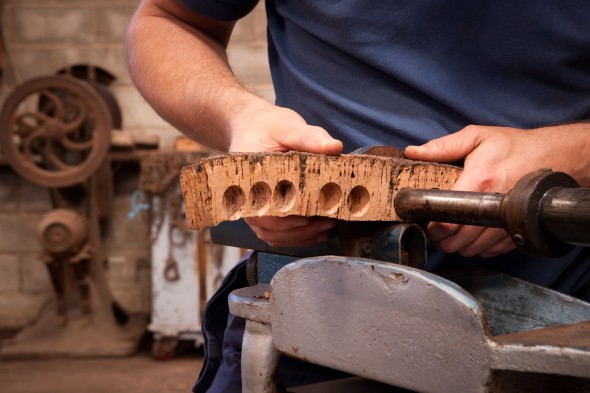
The art and craft of making corks
In order to combat this demise the regional government has established a cork research centre, called a subberoteca, whose aim is to help and advise the cork growers as to the best way to manage their cork forests and when is the optimum time to harvest their cork.
This image shows cork samples hanging up. Each line of samples represents the reference collection of one grower and is used to determine the quality of their crop.
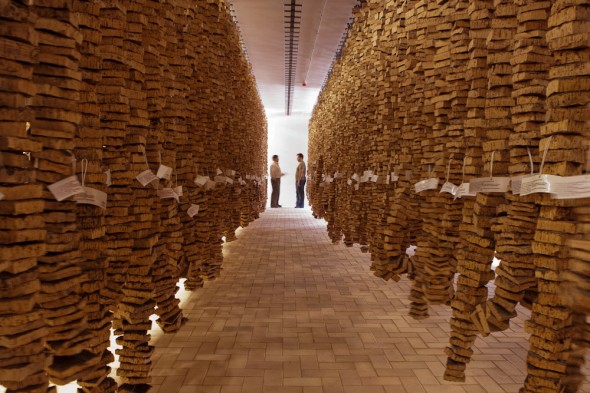
Subberoteca
A National Park has been established to conserve the fragile cork forest ecosystem as well as the cultural traditions which underpin area. The national park is called the Alcornocales, the Spanish name for the Cork Oak.
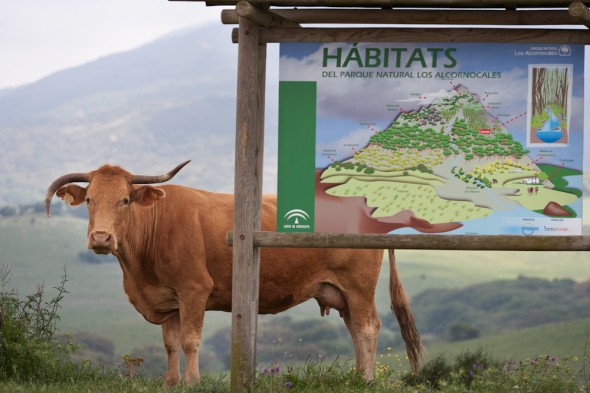
Alcornocarles National parkThe Websters Wildshots expedition vehicle was able to penetrate some of the vast Cork Oak forests. The national park is a great step forward towards the conservation of the habitat Overlooking the Alcornocarles National park, southern Spain
The Alcornocales has many rare breeding birds such as the Bee Eater
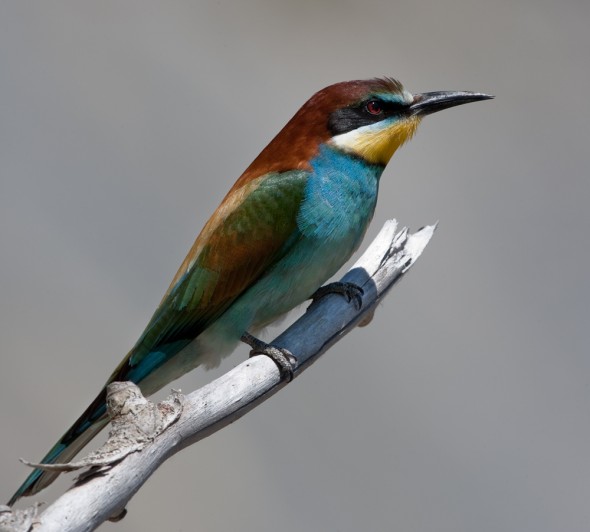
European Bee Eater
and insects such as this amazing Rhinocerous beetle.
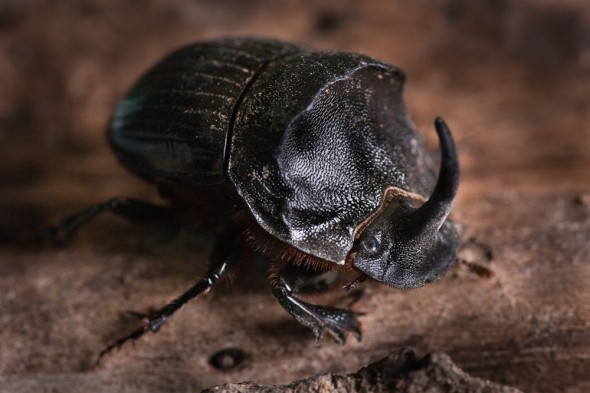
The Rhinocerous Beetle is a rare insect and only found in Europes ancient forests.
Cork Oaks are managed organically, the rural communities which depend upon the continual use of corks, especially for bottling are rich in tradition and culture. The wildlife that depends upon Cork Oak forests is among the finest anywhere in Europe.
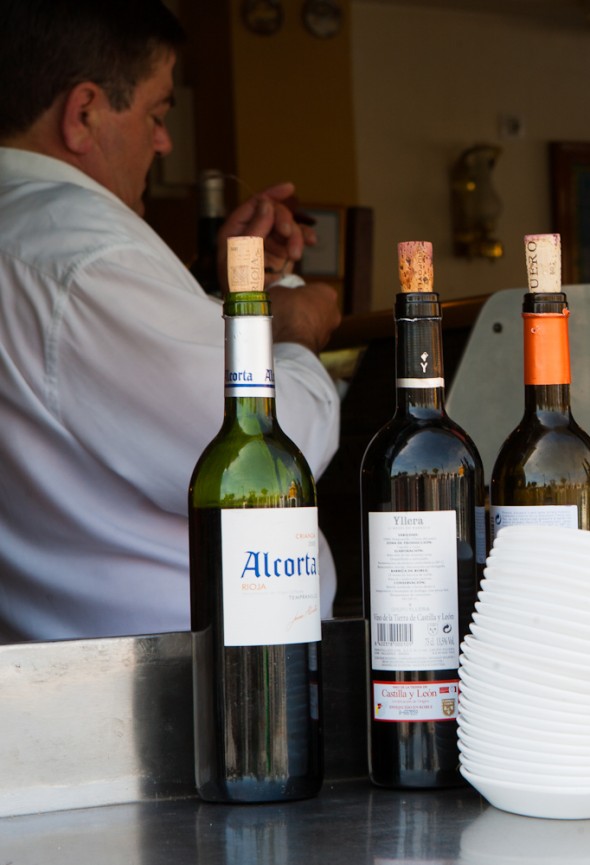
In a Spanish restaurant expect the best wines to come from bottles that have corks.
we can all help by only buying wine that is stopped with a real cork. This campaign has had a recent boost by an article in the Daily Mail.

